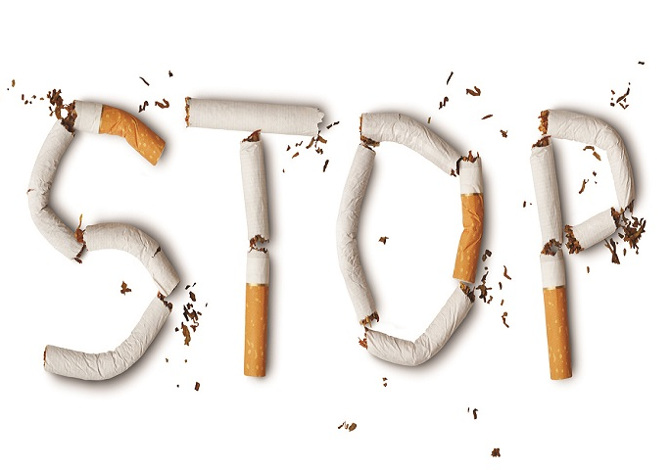Running and smoking is a contradiction in terms, why runners should not smoke (actually, no one should). But there are those who have been running and smoking for years, those who start running to quit smoking, those who stop smoking and, gaining weight, decide to try to keep their weight under control by running and those who, even after running for some time, realize he realizes that smoking is a problem and so he reduces the number of cigarettes and often even quits tobacco forever.
Running and smoking: 7 things you need to know
But in addition to the different stories of smoking runners, between smoking and running there are many other implications (mainly negative) which is good to know
Smoking reduces sports performance
Any sporting activity needs two requisites, lung capacity, to transport oxygen to the muscles, and muscle capacity: smoking affects both mechanisms, reducing the breath available and the ability to express force with the muscles. The mechanism is simple: To use energy, muscles need oxygen, which enters our body from the respiratory tract and, once in the lungs, binds to the blood which transports it to the tissues, including the muscles. If the respiratory rate at rest is 12 to 20 breaths per minute, during an activity such as running it normally increases up to 40 but in smokers it can even reach 60.
Smoking 1 cigarette in fact increases pulmonary resistance by 3 timesreducing the capacity of the lungs to introject and transport oxygen for more than 30′.
Running does not reduce the risk of cancer from smoking
If you think running might reduce your risk of getting cancer from smoking, there’s one research conducted by the National Cancer Institute of Bethesda (USA) which demonstrates exactly the opposite: 27,000 men were monitored for 10 years, smokers of at least 5 cigarettes a day, half sporty and half sedentary, and the percentage of those who fell ill with lung cancer was identical .
Running improves lung function even in smokers
It’s good news but it can’t be an excuse, however according to one study published in the scientific journal Thorax by a group of researchers from the Institute of Global Health in Barcelona and conducted on a total of 3,912 adults, aged between 27 and 57, the benefit of an aerobic activity such as running also applies to smokers. The fact remains that lung function is reduced by smoking, however running would lower the general inflammatory state of the body, including that of the lungs, with all the positive consequences.
Smoking reduces stamina and makes you run slower
A study published by Preventive Medicine measured how much smoking reduces resistance and makes you run slower. By performing the Cooper test (12 minutes of continuous running, one of the simplest endurance tests that can be done independently) it was noted that smokers all had lower performances. Furthermore, over a distance of 16 km covered by a group of joggers, smokers experienced a delay of 40″ for each cigarette smoked per day.
Smoking ages the body
Smoking also means you age earlier and faster from an athletic performance perspective. According to the same study published by Preventive Medicine, habitually smoking 20 cigarettes a day from an athletic point of view means aging by 12 years (therefore 30 years correspond to 42 athletic years).
The effects of smoking are greater in amateurs
The effects of smoking are mainly caused by nicotine and carbon monoxide (it is the gas produced by the incomplete combustion of tobacco leaves). Nicotine, which is what is addictive in smoking, for example affects the cardiovascular system, reducing the size of peripheral blood vessels and causing an increase in heart rate and blood pressure, which is exactly the opposite of the consequences of activity sporty. Carbon monoxide, on the other hand, removes oxygen from the blood, with all the negative effects on the tissues, including the muscles. Therefore, for the same number of cigarettes smoked, the consequences are greater on amateurs than on professional athletes.
Oxygen intake is reduced by 4% after smoking
According to a study published in the Journal of Applied Physiology smoking 3 cigarettes in a day reduces the oxygen supply by 4% in the following 24 hours with immediate effects such as irritation of the mucous membranes with alterations in the tone of the bronchi, greater vasoconstriction and uneven regional distribution of blood flow , in addition to the increase in the frequency of respiration, the pulse rate and the appearance of tachycardia.
Photo credits: Health.mil
Advertising
